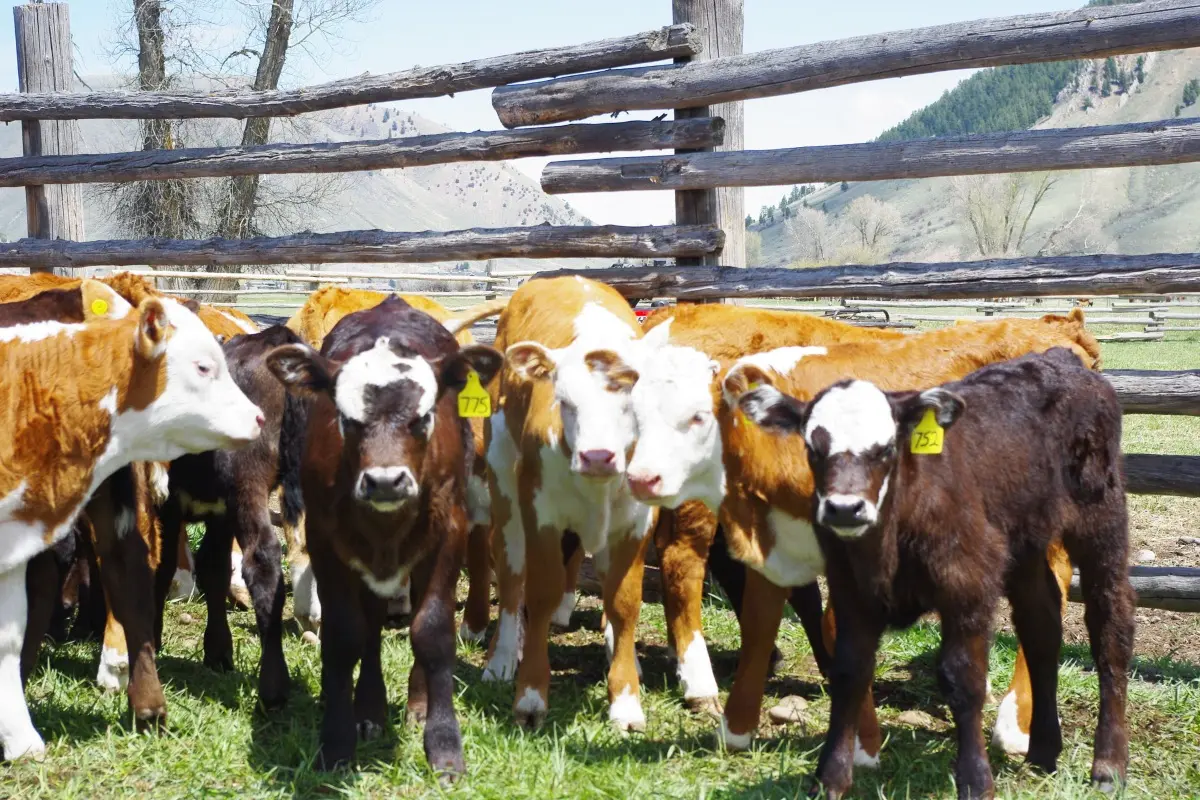
Beef cattle. EFSA: Housing practices need to be improved.
EU advisory body denounces limited and uncomfortable spaces for livestock /Annex

The European Food Safety Authority (EFSA) has developed a scientific opinion on the welfare of beef cattle raised under different housing conditions and management practices. Its aim is to provide a scientific basis for potential future legislation.
Building on two previous assessments, dating back to 2001 and 2012, EFSA's latest opinion addresses additional aspects and incorporates the latest scientific evidence and stakeholder feedback. Along with the scientific opinion, EFSA published a technical report on the most common husbandry systems and practices for beef cattle. The European Commission asked EFSA to provide a comprehensive scientific opinion on the welfare of beef cattle, including fattening cattle, suckler cows, suckler calves, and breeding bulls.
The mandate included: evaluating housing conditions, such as flooring, space, water, feed, temperature, enrichment, outdoor access, and mixing practices; evaluating pastures and feedlots; assessing the welfare implications of weaning, mutilations such as castration, dehorning, and tail docking, and husbandry practices related to hypermuscularity or hornlessness; identifying animal welfare indicators (animal-based measures, ABMs) that can be collected at slaughterhouses to monitor on-farm welfare; and proposing clear criteria to minimize suffering during the final stages of cows' lives.
EFSA reviewed the existing scientific literature up to mid-2024 and considered stakeholder input collected through a public call for contributions. The assessment focused on identifying the relevant welfare impacts of common husbandry practices, appropriate ABMs, and specific actions to improve the welfare of beef cattle on farms.
Current housing practices often negatively impact the welfare of beef cattle. These include insufficient space, the use of hard and uncomfortable floors, and a dull, unstimulating environment that prevents cattle from behaving naturally. These practices can lead to stress and boredom.
Cattle kept indoors should have soft bedding, sufficient space, access to roughage, outdoor access, and scratching brushes. They should always have access to clean water and be part of stable social groups. Cattle kept outdoors should also have constant access to water and an easily accessible shelter to protect them from extreme cold and heat.
Breeding beef cattle for extreme traits, such as hypermuscularity, should be avoided because these characteristics are associated with significant welfare problems. Mutilations are painful and should only be performed for medical reasons. If necessary, both painkillers (analgesia) and anesthesia should be used, regardless of the age of the cattle. Certain blood tests (ABM) can be evaluated at slaughter to provide information on the animals' husbandry conditions on the farm of origin. Examples include assessing lung and skin lesions.
Limitations include: variability in farming practices across Member States, limited knowledge of the amount of dietary fiber that prevents digestive problems in beef cattle, limited knowledge of the long-term effects of mutilation, and the lack of standardized ABMs to assess the fitness of beef cattle for transport. EFSA addressed uncertainties by making conservative assumptions, drawing on expert opinion, and reporting certainty levels for its conclusions. Most conclusions had a certainty level above 90%.
EFSA's main recommendations for improving the welfare of beef cattle are as follows:
1) The scientific community should investigate: the welfare effects of increasing the space allowance to more than 6 m² per animal; the minimum recommended levels of dietary fibre; and the long-term welfare impact of painful procedures (mutilations), such as dehorning or castration.
2) Farms should: improve housing, feeding, and handling practices; increase available space compared to current practices; avoid unnecessary mutilations; and create more stimulating environments. Slaughterhouses should standardize and expand the collection of biological samples to more effectively monitor animal welfare.
The full text of EFSA's opinion is attached to this EFA News .
EFA News - European Food Agency